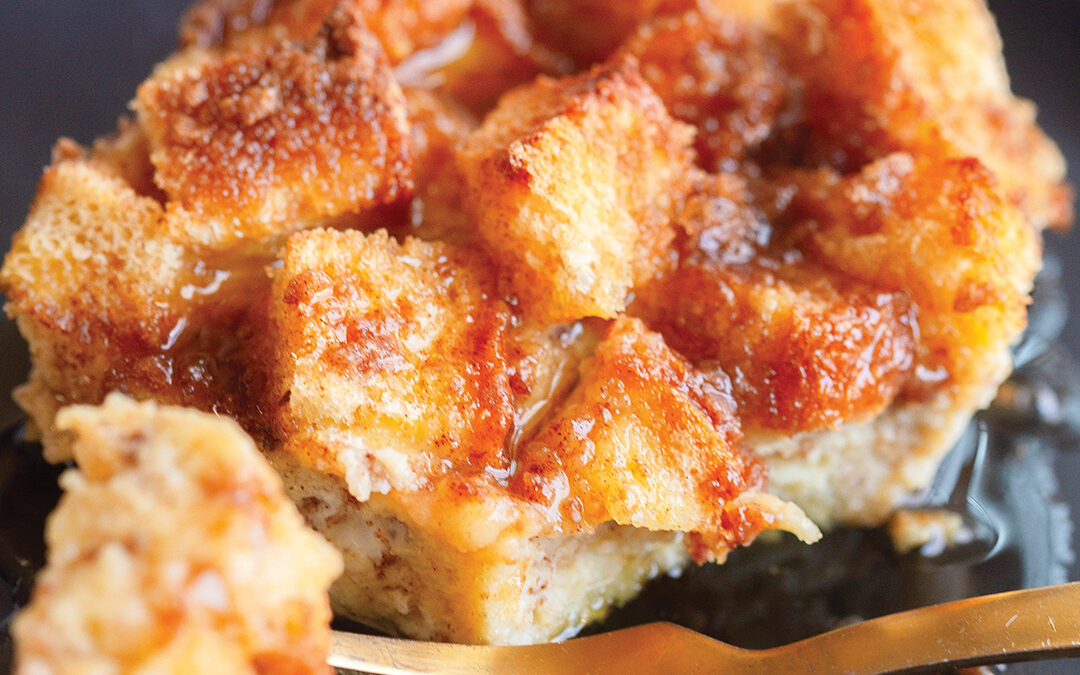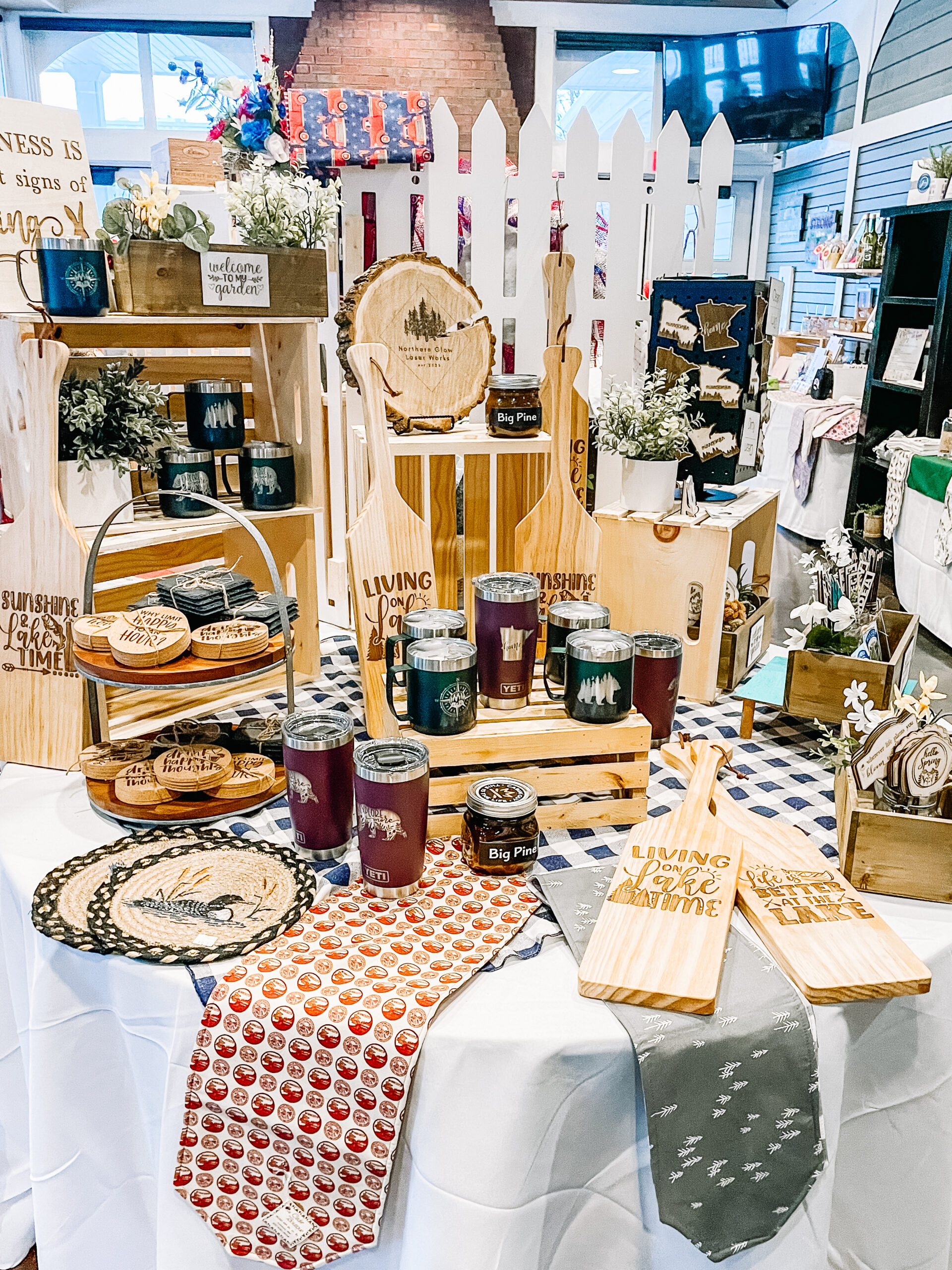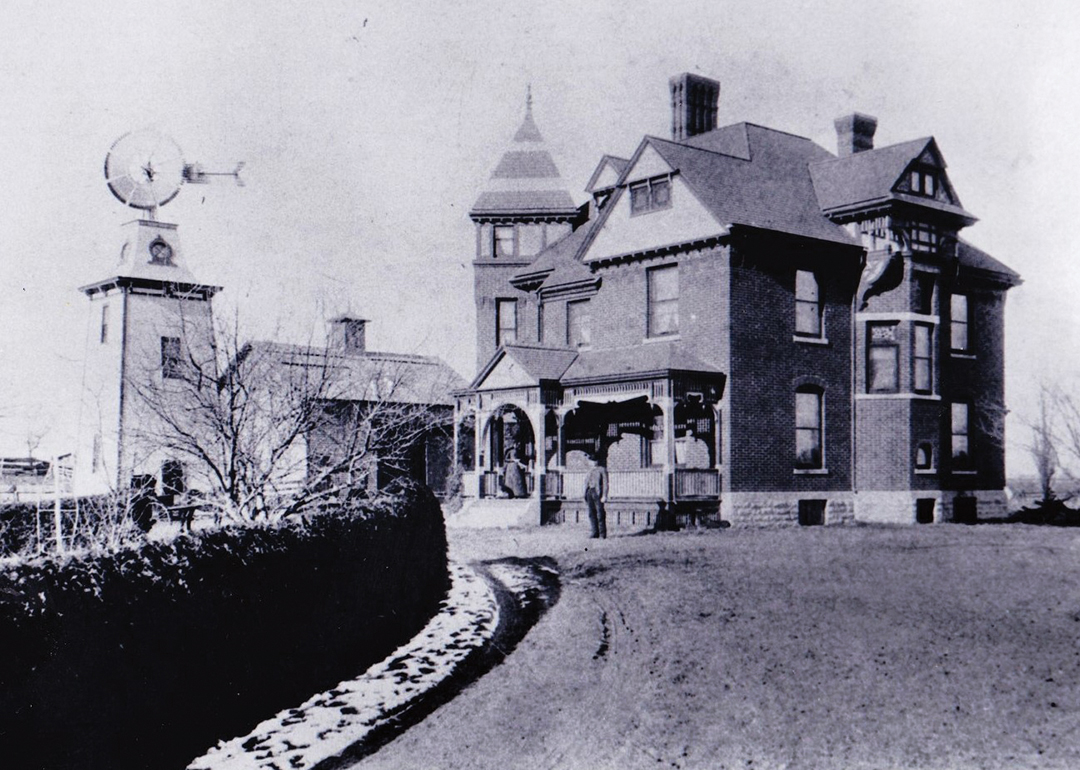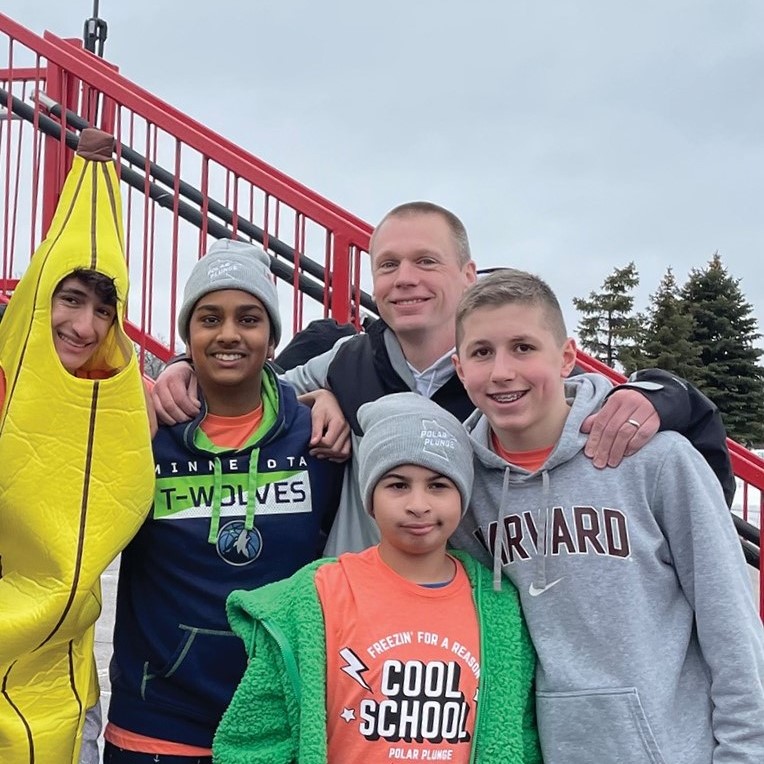
Photos: Chris Emeott & iStock
Dig in on some turkey trivia this Thanksgiving.
Somewhere, someone in your family or friend circle is already planning this year’s Thanksgiving meal. This annual celebratory feast serves as an expression of gratitude and helps us connect or reconnect with loved ones around a bountiful table of nostalgia-inducing dishes. And, at the center of most Thanksgiving banquets or buffets is most often a turkey. It’s said that this North American bird was hunted during the autumn of 1621, the year of America’s first Thanksgiving, and it’s been the most popular main dish ever since Abraham Lincoln declared Thanksgiving a national holiday in 1863.
It’s unsurprising that turkey is tops on American tables since the U.S. produces the most turkeys of any country in the world, followed by Brazil and Germany. Americans consume approximately 46 million turkeys around Thanksgiving and consumed around five billion pounds of turkey in all of 2019. That’s 16 pounds per person that year! Come closer to home and you’ll discover that Minnesota has the largest number of independent turkey farmers in the nation with over 600 turkey farms and stakeholders making Minnesota the turkey capital of the U.S. According to the Minnesota Turkey Growers Association, Minnesota turkey farmers raise between 40 and 42 million birds every year. The industry generates over $1 billion dollars in economic activity and provides more than 26,000 jobs in the state.
Minnesota Turkey Growers Association executive director Sarah Anderson says of the 600 turkey farms in Minnesota, “Some are multi-generational families. One farmer is a sixth generation turkey grower. Imagine that, growing turkeys since the civil war era. Most are family operations with farmers, who live with their flocks. This is not a hobby for them, but their livelihood,” and so they’re dedicated to delivering high quality.
Quality continues with Minnesota’s three locally-owned operators, who bring the turkeys from farm to table. According to the Minnesota Turkey Growers Association’s website, “Jennie-O Turkey Store based in Willmar, Minn., allows consumers to trace their whole turkey back to the farm. Turkey Valley Farms is a grower-owned operation in Marshall, Minn., and is known for packaging as many as 100 private labels, as well as antibiotic-free and free-range birds, and Northern Pride in Thief River Falls, Minn., is a cooperative of independent turkey farmers, who, among other products, specialize in free-range, antibiotic-free and organic turkeys.” Anderson points out that there is U.S. Department of Agriculture (USDA) presence at each processing facility to ensure standards are met. (This monitoring could also be done by the state government so long as the consistent, stringent guidelines are met.) Did you know that it’s illegal to raise turkeys with added hormones? So, you need not worry about that even if you don’t purchase an organic bird.
For those who prefer to shop organic, Anderson says, “There are federal government USDA guidelines for organic certification for poultry and no farmer can just slap an ‘organic’ label on their product. When it comes to organic, feed is the big thing. Also, no hormones or steroids. No antibiotics is another big thing [for organic certification], although many farmers provide that.”
Want to go beyond organic and purchase a free-range turkey? According to Jayson Lusk, department head and distinguished professor of agricultural economics at Purdue University, all turkeys are raised cage free, mostly in large open barns. But free-range turkey farming is also practiced in Minnesota. Anderson says, “You can take a fun trip with the family on a Saturday before Thanksgiving to visit a grower called Ferndale Market in Cannon Falls, and pick out your own free-range turkey … Several processors also specialize in free range, antibiotic free turkeys. Most anything you prefer is available and grocery labels should [indicate what you’re getting] since it is regulated by
the government.”
Another fun fact Anderson shared is that some grocers provide turkeys labeled with a QR code that lets consumers track which farm raised that particular bird. The QR code can also provide a bio about the farm family for a peek into who cared for that bird. “Some folks from the East Coast, contacted us about a bird they got from Minnesota,” says Anderson. “This is so great because it brings home the fact that the food you eat came from a farm and that your purchase is supporting a family farm.”
We asked Anderson if she thought organic or free-range turkeys tasted better. Or, for that matter, does a fresh versus a frozen turkey taste better? Or do smaller turkeys taste better than larger birds? Inquiring minds want to know!
She says everybody has a different palate and she’s tried every type of turkey; toms versus hens, etc. Hens are typically smaller. Toms are raised to larger weight and are mostly used for deli meat. “But I’ve found that it all comes down to prep work,” says Anderson. “Make sure your bird is brined. I use the Alton Brown turkey brining recipe and have never had a bad turkey.” (FYI: This writer has used the Lunds & Byerlys bottled turkey brining seasoning blend with much success.)
How you cook the bird also matters. Because no matter how you cook it, overcooking makes for tougher meat. And, for food safety, be sure to get your turkey to 165 degrees F throughout. But enough talking turkey, let’s eat!
Southwest Turkey Enchiladas
Makes: 7 Enchiladas
- 1 package soft taco sized flour tortillas of your choice
- 1 lb. cooked turkey, shredded
- 15 oz. can black beans, drained and rinsed
- 2 ears fresh corn, cut off cob or a 15 oz. can of corn
- 1 cup shredded pepper jack cheese
- 4 oz. fire roasted mild diced green chilis
- 24 oz. Lunds & Byerlys tomatillo verde salsa, divided in half
- 1 pint heavy whipping cream
- 13 oz. Lunds & Byerlys fresh pico de gallo
- 2 oz. queso fresco, crumbled
- 2 Tbsp. Mexican crema or sour cream
- For garnish: fresh cilantro
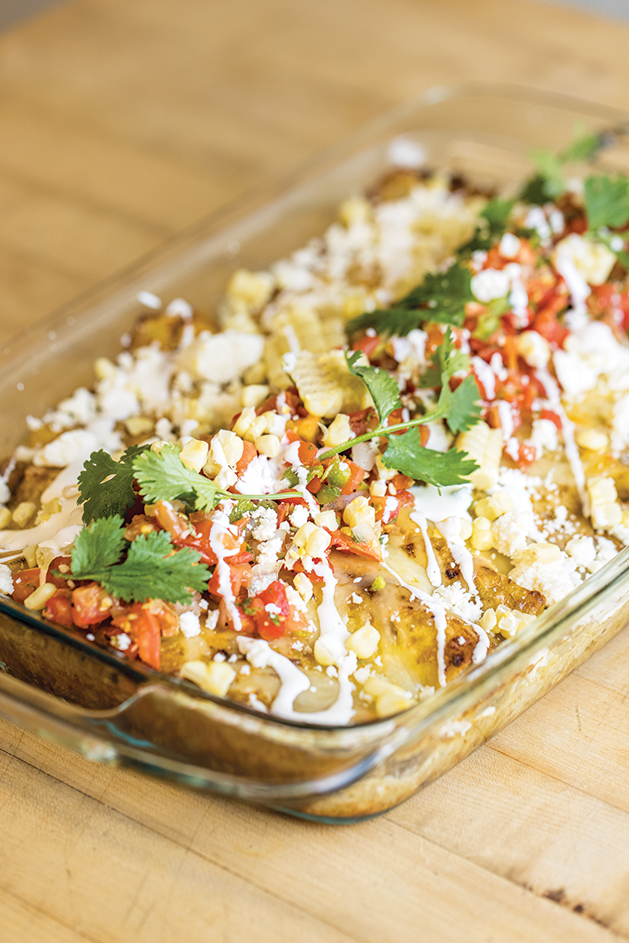
Preheat oven to 375 degrees F.
For the filling:
In a large mixing bowl, combine shredded turkey, black beans, one ear of corn or half can of corn, green chilis, shredded pepper jack cheese and 12 oz. of tomatillo verde salsa. Stir together until combined.
For the Tomatillo Cream:
In a separate mixing bowl, combine together 12 oz. of tomatillo verde salsa and heavy whipping cream. In a 9×13-inch baking dish, spread a small amount of the tomatillo cream on the bottom of the pan. Dip each tortilla into the tomatillo cream, and shake off excess. Fill with a generous amount of the filling. Roll tightly and place into the baking dish, making sure the tortilla end is on the bottom to prevent unrolling during the baking. Repeat until baking dish is full. Top with remaining tomatillo cream sauce. Cover the pan with aluminum foil, and bake at 375 degrees F for 35 minutes. Remove the foil, and bake, uncovered for another 10 minutes or until filling reaches 165 degrees F. Spread crumbled queso fresco, pico de gallo and the remainder of the leftover corn on top of the enchiladas. Drizzle with Mexican crema or sour cream and garnish with fresh sprigs of cilantro.
Recipe courtesy of Stacy Lesefky, FoodE Expert Lunds & Byerlys.

Waffled Stuffing Turkey Sandwich
- 2 cups leftover stuffing
- 1 egg
- ½ cup chicken broth
- Non-stick cooking spray, as needed
- ½ cup leftover mashed potatoes, warmed
- 4 oz. leftover JENNIE-O® turkey, warmed
- 6-8 leftover steamed green beans, if desired
- 2 Tbsp. cranberry sauce
- ½ cup turkey gravy, warmed
In large bowl, combine stuffing, egg and chicken broth until stuffing is moistened. Prepare 4-waffle iron for medium heat. Spray with non-stick cooking spray. Distribute stuffing evenly into prepared waffle iron. Cook waffles 10 minutes or until crisped and browned or according to manufacturer’s instructions. Spread mashed potatoes on 2 waffles. Divide turkey, beans and cranberry sauce on top of each. Drizzle with gravy. Top with remaining waffles. Recipe courtesy jennio.com
Thai-Style Turkey Lettuce Wraps
- ½ cup thinly sliced red onion
- ¼ cup lime juice
- 2 tsp. canola oil
- 2 tsp. finely grated ginger
- 4 garlic cloves, minced
- 2 ½ cups shredded leftover JENNIE-O® OVEN READY™ Turkey
- 3 Tbsp. chopped fresh mint
- 3 Tbsp. chopped fresh cilantro
- 3 Tbsp. sweet chili sauce
- 1 Tbsp. HOUSE OF TSANG® hoisin sauce
- 1 Tbsp. fish sauce
- ¾ cup coarsely shredded carrot
- 8 large butter lettuce leaves
In small bowl, combine onion and lime juice; let stand 15 minutes. Heat large, non-stick skillet over medium-high heat. Add oil, ginger and garlic. Cook 1 minute or until fragrant. Remove skillet from heat. In large bowl, combine onion mixture, turkey, mint, cilantro, sauces and carrot. Spoon turkey mixture into each lettuce leaf and sprinkle with peanuts. Recipe courtesy jennio.com
Turkey Trivia for your Thanksgiving table:
- The incubation period to hatch a turkey egg is 28 days.
- Turkey eggs are tan with brown specks and are larger than chicken eggs.
- A baby turkey is called a poult.
- A male turkey is called a tom.
- Toms take 18 weeks to reach maturity and weigh about 38 pounds.
- Only tom turkeys gobble.
- A female turkey is called a hen.
- Hens take 14 weeks to reach maturity and weigh about 15 pounds.
- The most common breed of turkey we eat today is the Broad Breasted White.
- Astronauts Neil Armstrong and Edwin Aldrin had foil food packets containing roasted turkey and all the trimmings while dining on the moon.
- Benjamin Franklin wanted the turkey, not the bald eagle, to be the official United States bird.
- Surprisingly, November is not National Turkey Lovers Month. It’s June!
- Turkeys have approximately 3,500 feathers at maturity.
- The costume worn by Big Bird on Sesame Street is rumored to have been made of turkey feathers.
- Turkey is lean, protein packed and is rich in vitamin B3 and B12, selenium, iron, zinc and phosphorus.

